Last week’s work can be summarized by one inquiry: What is the role of white in the image?
This week, I’ve refined this question:
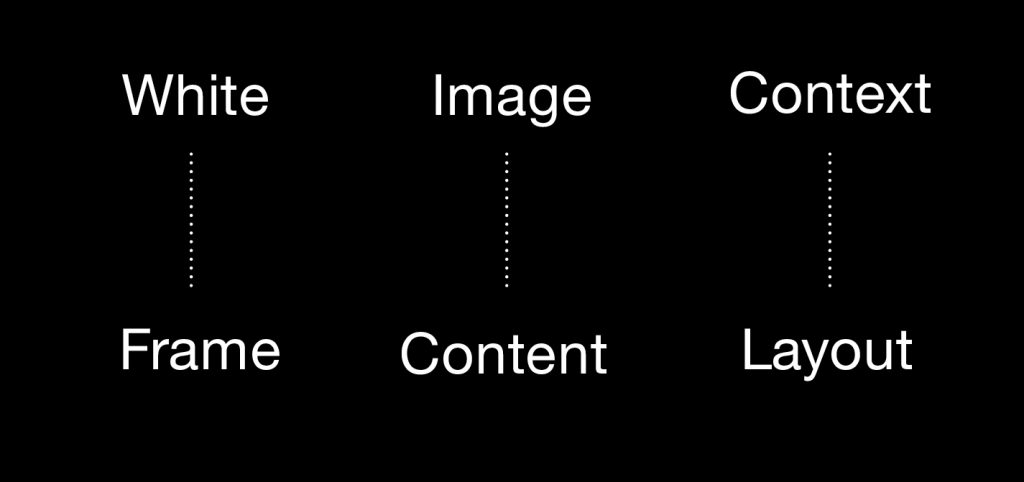
The new idea I got can be summarised as:
In layout design, the negative space left by subtracting graphics from white builds the frame. When the frame comes before content, the layout process shifts from designing the frame for content to content for the frame.
The Pie Chart Pyramid is a perfect example of content matching form.
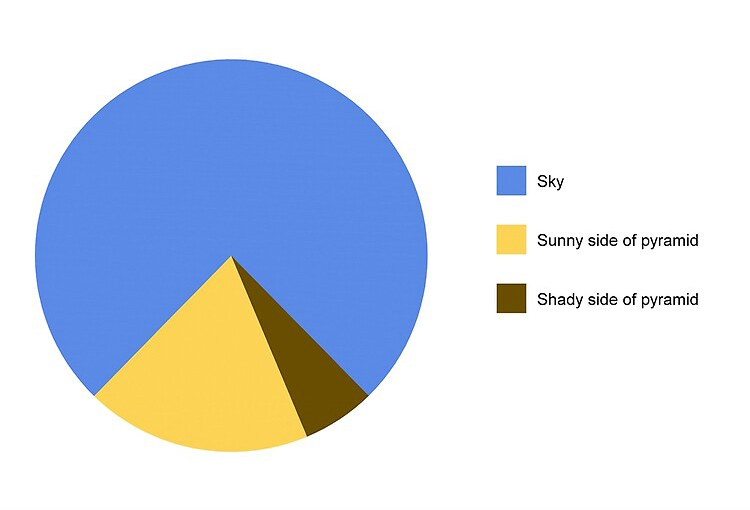
This anonymous author transforms a table into an image by finding suitable graphics for the existing frame.
What I was doing last week could be summarised as “making frames for images”. This week I want to try the logic of the Pie Chart Pyramid: making images for frames.
First, I created a poster with only the frame, devoid of content, as my tool.
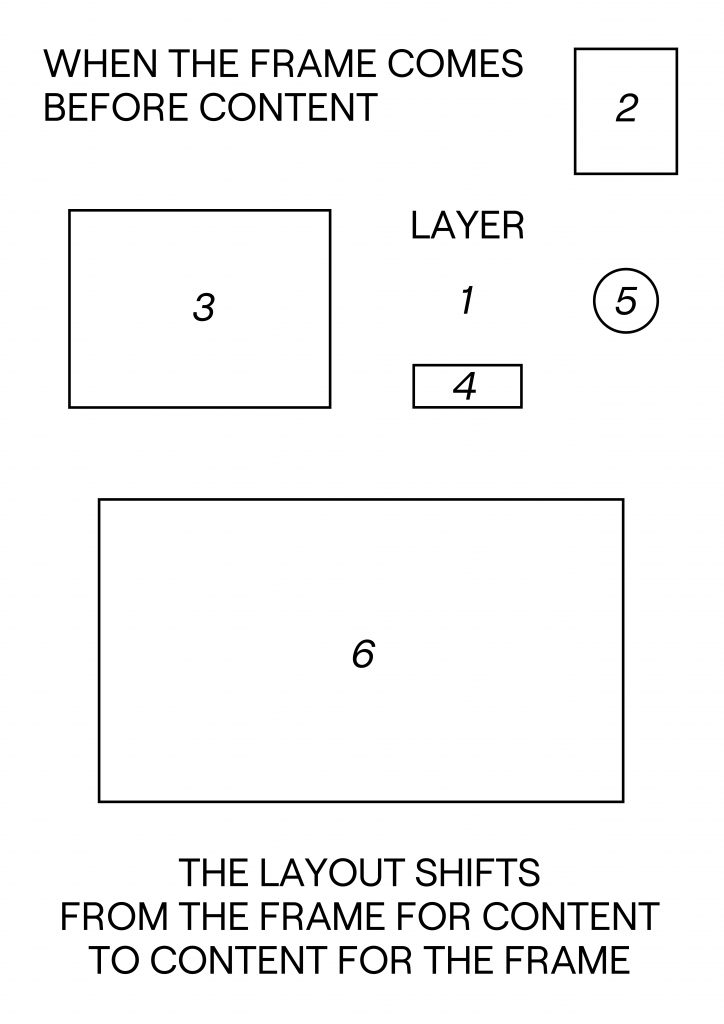
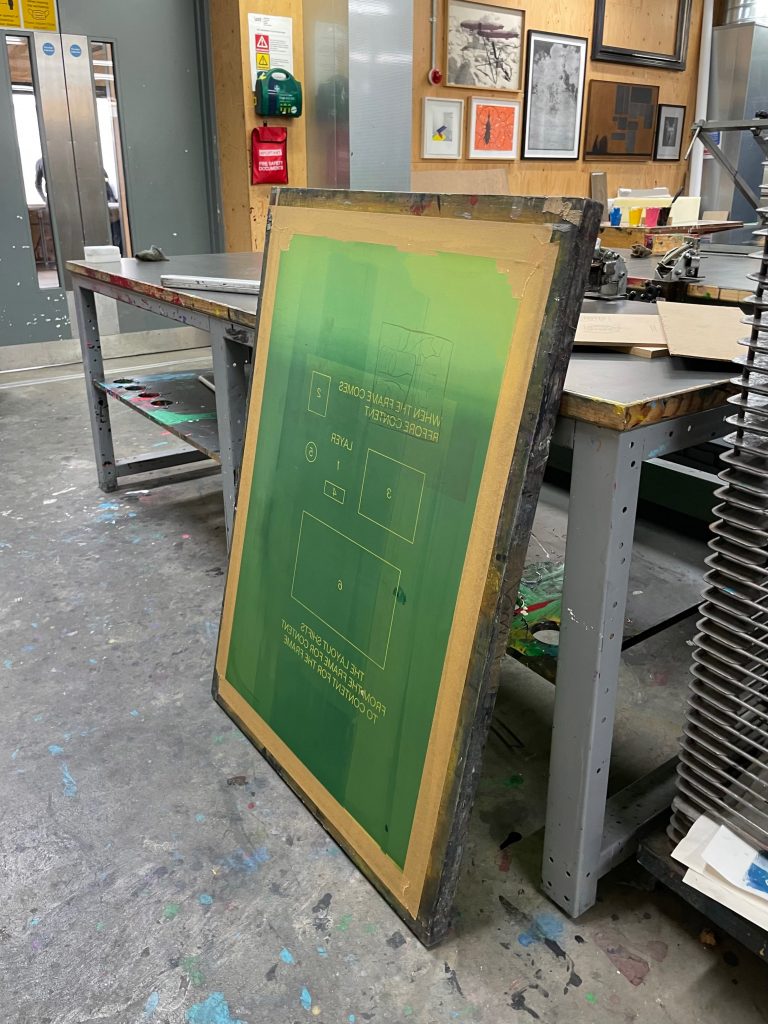
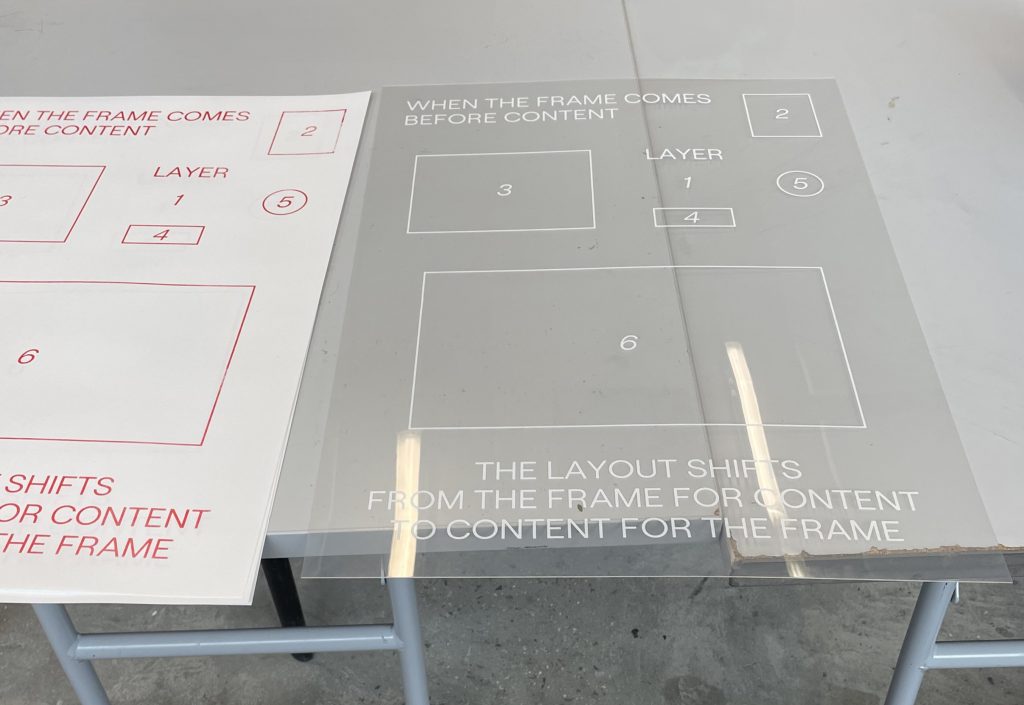
Then, I began to make images happen in the frame as much as possible by manipulating the real world (not photoshop).
P1 & P2 completed with Zeina and her works; P10 completed with Katie
This week’s work received assistance from many individuals; thanks to everyone involved!
Inquiries drived from this week’s work:
- In everyday life, does this manipulation affect how people arrange spaces, such as arranging them visually rather than functionally? For instance, moving a table to fit within a frame or fixing a can to the wall to fill a circular composition.
- (About workflow) What would happen if I use tools I create myself instead of ready-made ones to create images? (the means, tools and ends of image making)